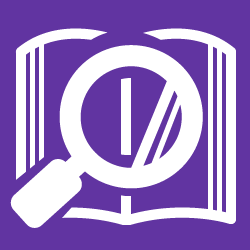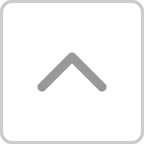【Interference wind - wind interferences】
The effect of wind generated around the fume hood. There is airflow from the air conditioners in the room, airflow that enters through the opening and closing of doors and windows, and airflow that is discharged from other devices.
【Local exhasut ventilation system】
A device that locally captures, cleans, and discharges air containing harmful substances so that they do not diffuse throughout the workplace.
This means from the fume hood (also called draft chamber), which is the inlet, to the ducts, volume dampers, exhaust fans, exhaust gas treatment device, and ventilator, which is the outlet.
【Ordinance on Prevention of Hazards Due to Specified Chemical Substances(specialization rule)】
Specified chemical substances are those substances specified in the Occupational Health and Safety Law Enforcement Order as substances that cause or are likely to cause health problems in workers and are regulated in various ways to prevent workers from suffering health problems under this ordinance.
【Daily inspection】
An inspection performed before and after daily use of the equipment, also known as a self-check.
【Biological safety cabinet】
An facility that confines aerosols (biohazards) generated during experimental operations to prevent them from leaking out.
A negative pressure is maintained inside the workbench and contaminated air is circulated or exhausted through the HEPA filter.
Also called a biosafety cabinet.
【Exhaust gas treatment system】
A device that cleans the chemical gas exhausted from the fume hood and ejects into clean air. There is a wet type that uses water and a dry type that uses an adsorbent such as activated carbon.
【Containment performance】
Performance which prevent exposure (leakage to the outside) of gases generated by fume hoods and biological safety cabinets.
【Preservation】
To preserve and protect is to be safe.
Example: It is desirable from the point of view of maintenance to conduct periodic inspection of machinery.
【Maintenance】
Maintenance and management of machinery and equipment.
This is also called "maintenance and inspection" to closely inspect each and every part of machinery and equipment and keep it in good condition.
This includes not only inspection but also calibration work and replacement of consumables.
Work performed to prevent defects during use.
【Periodic self-inspection】
Regularly check certain specified equipment according to the Industrial Safety and Health Act and the Ordinance on Industrial Safety and Health.
In general, it is also called "regular inspection" or "periodic examination".
In addition, some construction machinery that require periodic self-inspection are required to be inspected [called “Specified Self-inspections”] by qualified inspectors.
【Ordinance on Prevention of Organic Solvent Poisoning (organic law/rule)】
A part of the Industrial Safety and Health Act, which specifies the wind speed of the local exhaust system, the name of organic solvents, and the rules of their use when using organic solvents.
【Industrial Safety and Health Act】
This Act aims to ensure the safety and health of workers in the workplace and promote the creation of a comfortable workplace environment, and prescribes the performance and periodic inspection (expressed as periodic self-inspection) of equipment such as local exhaust devices.



































